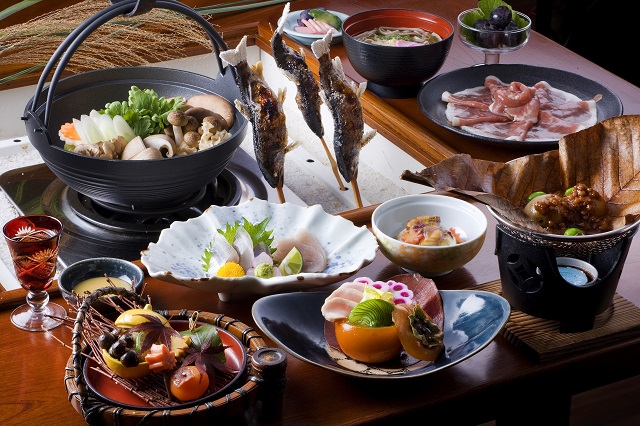In everyday life there is often not enough time for an extensive coffee ceremony. In Ethiopia, people like to take their time and enjoy fresh coffee in a convivial atmosphere. Bring the Ethiopian coffee ceremony to Germany. You can also do this with your coffee filter machine at home or even with the office coffee machine.
Coffee is also celebrated in Ethiopia without a coffee filter machine or office coffee machine

In Ethiopia, the coffee ceremony is a big part of culture. Around 15 million people work in the coffee sector in Ethiopia. That corresponds to one sixth of the population. Coffee trade is a central part of the economy. Although coffee is very important, not many people in Ethiopia can afford a coffee filter machine or an office coffee machine. The preparation differs greatly from the way coffee is brewed in Germany in the office coffee machine or similar. Ethiopians associate relaxation with enjoying coffee. The coffee ceremony celebrates special occasions and honors guests. An invitation to an Ethiopian coffee ceremony is a sign of respect.
The coffee ceremony begins with the roasting – not with the filling of the coffee filter machine
The ceremony begins with coffee beans that are still green being washed and roasted in a small pan over an open fire until nicely browned. The pan is always swiveled so that the beans do not burn. Then the beans are ground by hand with a coffee grinder or a mortar. The ground coffee in Ethiopia is very coarse. The coffee is passed through a fine sieve several times. If you want to carry out the coffee ceremony with your coffee filter machine, you should make sure that the coffee powder is not too coarse. If you take the office coffee machine, the machine will do the grinding for you if a grinder is integrated.
The coffee preparation in the Ethiopian coffee ceremony takes place without a coffee filter machine but with a lot of time and tradition

Neither the coffee filter machine nor the modern office coffee machine is widespread in Ethiopia. The freshly ground coffee powder is placed in the Jebena, the traditional Ethiopian clay coffee pot, and brewed with hot water. The coffee is then served in simple porcelain bowls. If you don’t have a Jebena, you can also hold an Ethiopian coffee ceremony and prepare the coffee in the coffee filter machine or the office coffee machine. It is essential that you take the time with your guests, enjoy the coffee and spend a relaxed ceremony together. It’s about much more than preparing with the Jebena, the office coffee machine or the coffee filter machine.



